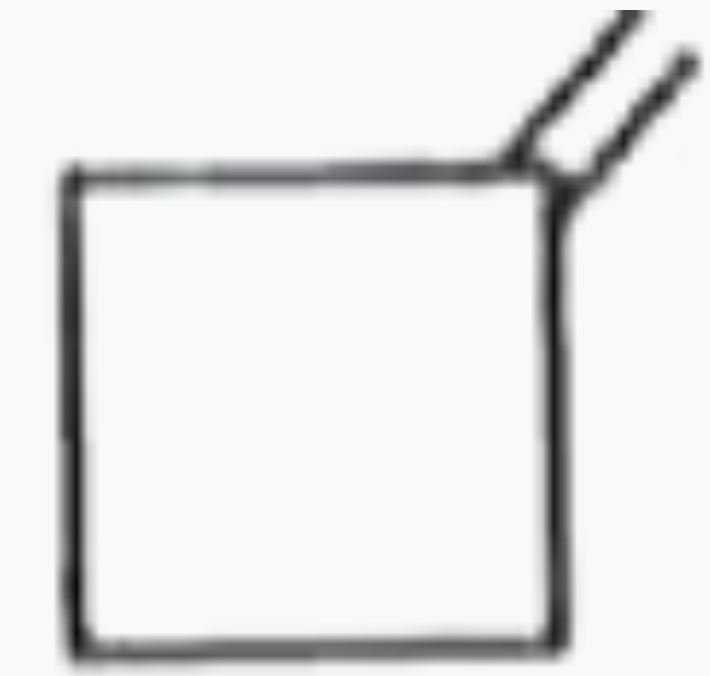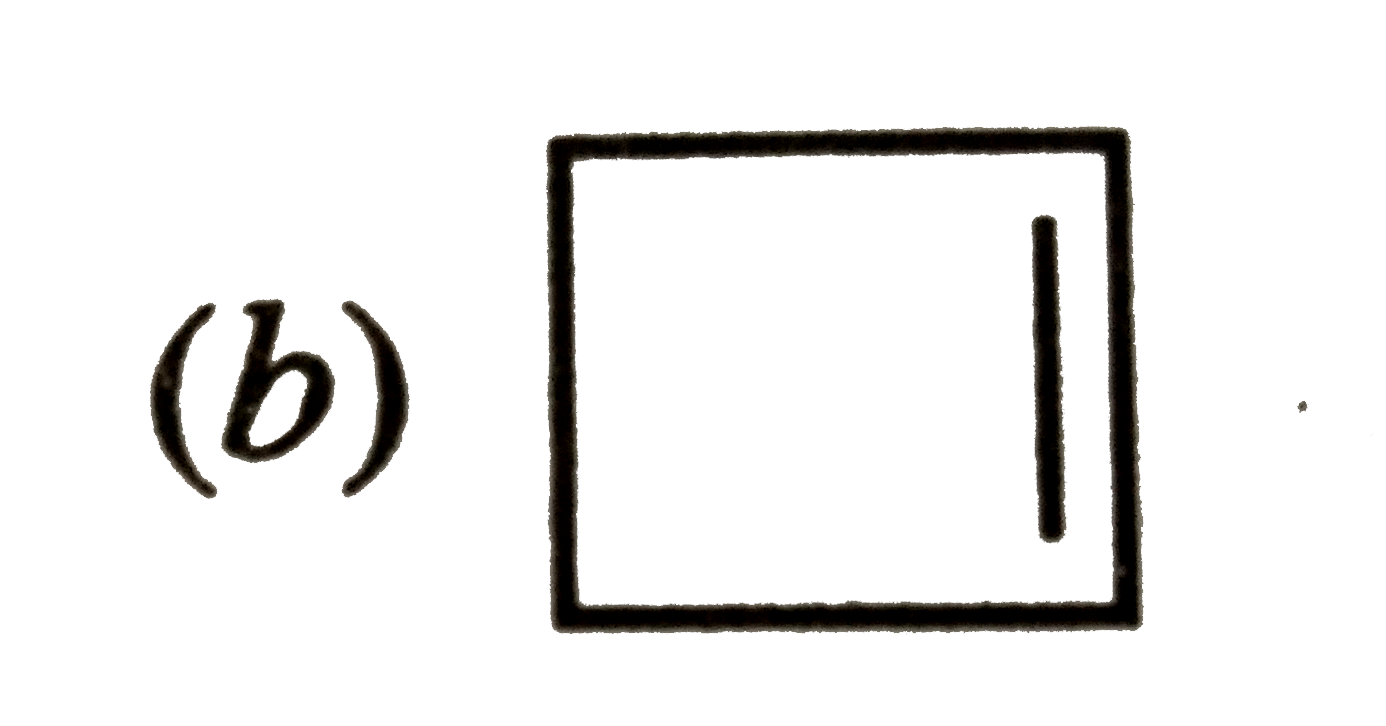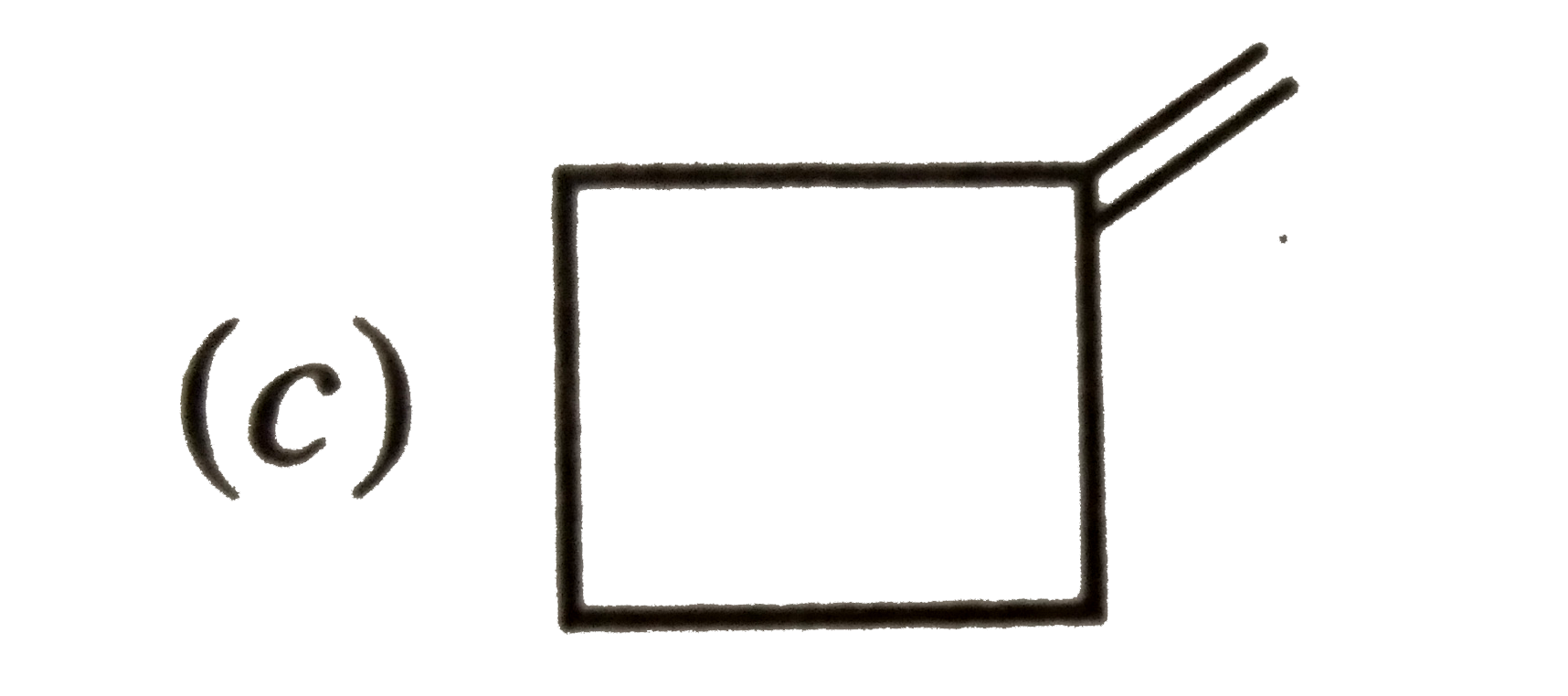Ozonolysis Of Alkene
Step by step video, text & image solution for Ozonolysis Of Alkene by Chemistry experts to help you in doubts & scoring excellent marks in Class 11 exams.
Updated on:21/07/2023Similar Questions
Knowledge Check
Ozonolysis of an alkene produces only one dicarbonyl compound . The structure of the alkene is
ACH3−CH=CH−CH3B C
C DCH3−CH=CH−CH=CH2
DCH3−CH=CH−CH=CH2Ozonolysis of an alkene produces only one dicarbonyl compound. The structure of the alkene is
ACH3−CH=CH−CH3B C
C DCH3−CH=CH−CH=CH3
DCH3−CH=CH−CH=CH3Ozonolysis of an alkene produces only one dicarbonyl compound. The structure of the alkene is
ACH3−CH=CH−CH3B C
C DCH3−CH=CH−CH=CH2
DCH3−CH=CH−CH=CH2
Ozonolysis of an alkene 'X' followed by decomposition with water and a reducing agent gave a mixture of two isomers of the formula C3H6O Give the structure of the alkene and its IUPAC name.
View SolutionThe alkenes have π-bonds which make them highly reactive. These undergo electrophilic addition reactions, Addition of HX to unsymmetrical alkenes gives two products and follow Markovnikov rule and anti- Markovnikov rule. The addition occure through the formation of carbocation in Markovnikov rule and free radicals in anti-Markovnikov zule. The ozonolysis reaction of alkenes helps to locate the position of double bond.
Ozonolysis of an alkene 'A' followed by decomposition with water and a reducing agent gave a mixture of two isomers of the formula C3H6O. Give the structure of the alkene and its IUPAC name.
View SolutionThe reductive ozonolysis of an alkene gave butanone and propanal. Write the structure of alkene and its IUPAC name.
View SolutionAnswer the following questions.
The reductive ozonolysis of an alkene gave butanone and ethanal. Compute the structure and IUPAC name of the alkene.
View SolutionColumn IColumn II(A)Koldbe's electrolysis(p)Alkenes(B)Ozonolysis(q)Alkenes(C)Electrophilic substitution(r)Alkynes(D)Electrophilic addition(s)Arenes
View Solution
